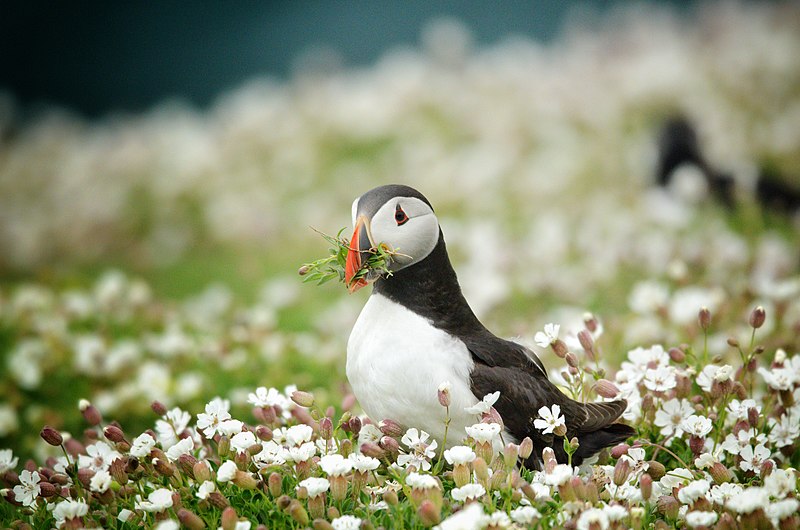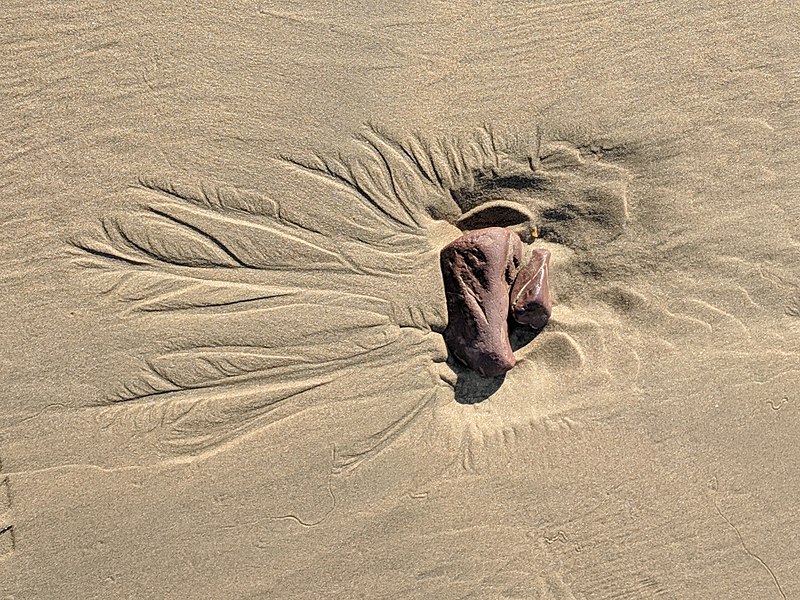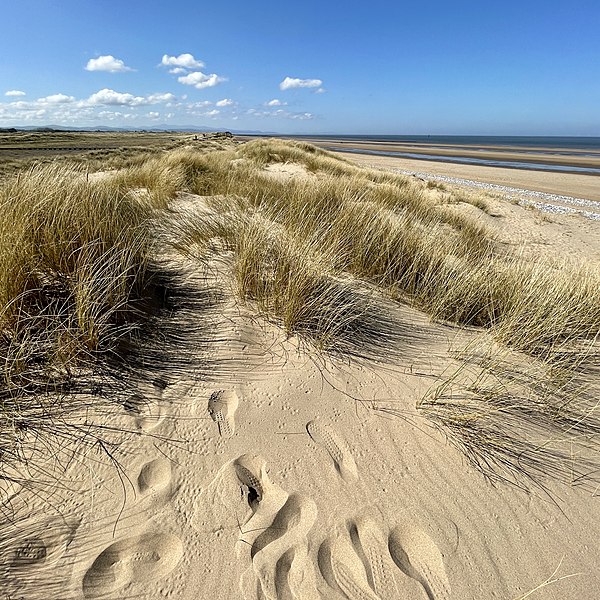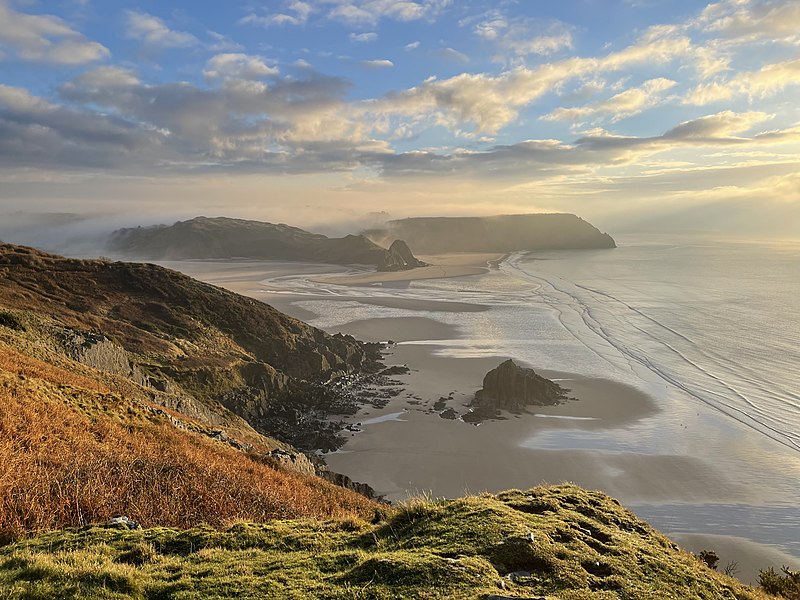By Robin Owain, Programme Manager for Wales at Wikimedia UK
This year, in Wiki Loves Earth, editors from all over Wales went out into protected areas such as Sites of Special Scientific Interest (SSSIs), National Parks, Areas of Outstanding Natural Beauty etc with cameras clicking in all directions! At the end of the day, for the number of images, Wales received the Silver Medal on the international podium for photographers, out of 36 nations. The judging at the international level now begins.
Last year’s 1,892 photos now look meagre compared to this year’s massive 5,041 images! The 10 best images will now go through to the final, but as far as numbers are concerned, Wales came second out of 36 nations, with Germany first, Kazakhstan third, Brazil fourth, and Russia fifth. Small is beautiful!
To many photographers, taking an aesthetically pleasing image, technically correct, and visually stunning are important. To me, as one of the editors (in my own time, of course), it’s equally important that we have lots of images which illustrate Wikipedia articles and which document all aspects of our natural environment. Quality and quantity!
For the second year running, the National Library of Wales, Menter Mon and Wikimedia UK organised the competition. Within weeks, we had new partners, including the Welsh Government, all three National Parks: Eryri (Snowdonia), Pembrokeshire and the Brecon Beacons as well as the Ramblers. Other existing partners included Natural Resources Wales and Llên Natur, the largest Welsh language nature society.
The National Library’s Open Data Manager, Jason Evans said, “The National Library of Wales is thrilled to be able to work with Wikimedia UK to support this fantastic competition for the second year in a row. Once again the standard of photography and the number of entries has been exceptional. It is so important to capture and record the ever-changing beauty of our natural environment and to make that content freely available to all.”
WLE 2022 was a quick snapshot of the rich diversity of one small corner of our global biosphere: a record of flora, fauna and fungi, as they were in the summer of 2022. Future snapshots could be used to show the differences in the biosphere, and the impact of climate change. If Wikipedia could better illustrate this change, we could help negate the effect. So let’s get these images on Wikipedia articles, and make a difference!
The winning image in Wales is by User:Mjw999, featured above. It shows Three Cliffs Bay within the Gower Area of Outstanding Natural Beauty in South Wales. Judges Iestyn Hughes and Simon Evans, both prominent local photographers, felt that the image captured the diversity of this beautiful landscape, which includes fresh water streams, a salt marsh and towering limestone cliffs.
In second place this year is User:Naff14 with a well executed shot of a Puffin on Skomer Island, collecting flowers for his nest building.

And in third place, the judges agreed on a more abstract image of a rock on Rhossili Beach on the Gower by User:Suntooth. The judges felt that the image invoked the power of the wind and sea whilst the patterns in the sand echoed the branches of trees.

Also highly commended was the following image of footprints in the sand dunes at Gronant by User:ClwydRuth. The judges were keen to include this image as a way of raising the profile of the important but little known habitats of Gronant Dunes.

The ten best images can be seen here and will now represent Wales in the international competition. Best of luck to all our photographers!






